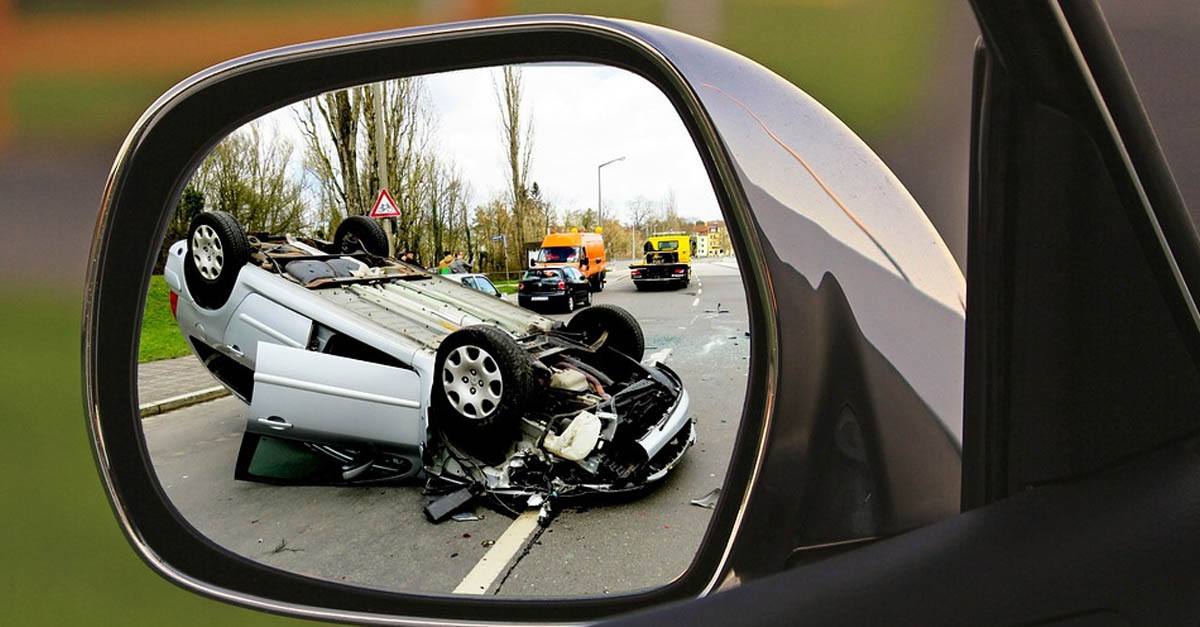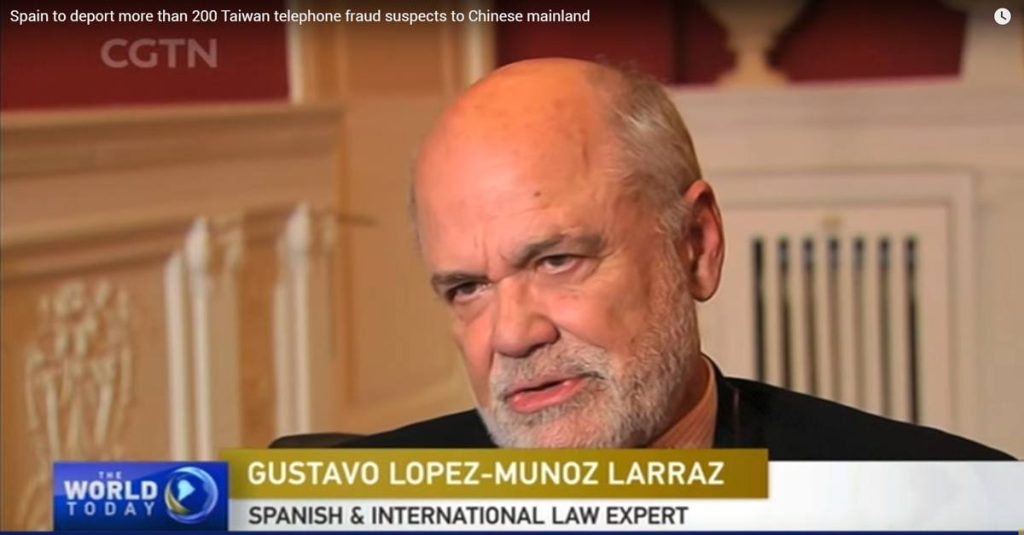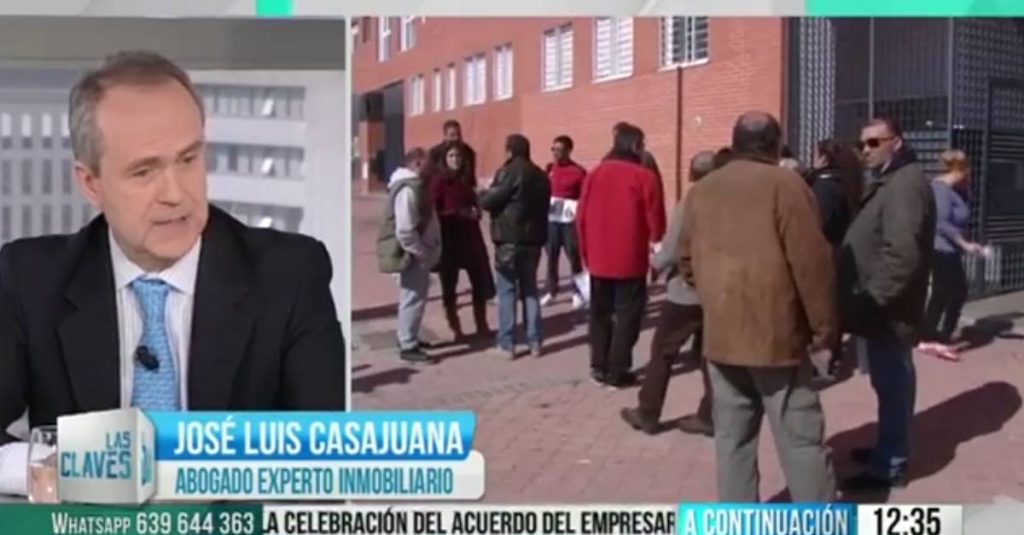Successful case: The accident at work in itinere

We note a favorable ruling (Ruling No. 459/2022 of September 21, 2022, of Social Court No. 32 of Madrid) resolving a lawsuit on contingency determination that was filed under the legal direction of the office against the National Institute of Social Security (INSS), -Madrid Provincial Office-; the General Treasury of Social Security (TGSS) and the Employer’s Mutual Association with which the worker’s company had concerted the professional contingencies of its workforce.
We are faced with a case in which a worker (the plaintiff) suffered an accident at the end of his workday and went to the address where he was staying overnight
What the plaintiff claimed was that the accident be recognized as a work accident since the plaintiff worked as a waiter and, at the end of his shift work, at 12:40 a.m., he proceeded to return home once he finished checking the cashier at the bar where he provided services. Finally, he left the workplace, presumably after 12:40 a.m. on December 19, 2020. He had the strip from the cash register of the establishment where the aforementioned time appeared.
Around 01:05. The plaintiff suffered an accident as a result of the imprudence of the opposite vehicle, a taxi car, which did not respect the traffic light, invading the center lane of the worker’s direction of travel, and colliding with the motorcycle that he was driving, causing him a situation of temporary disability. with a diagnosis of “multiple trauma”; having been recognized, on May 12, 2022, by INSS resolution, the absolute permanent disability benefit due to common illness, that is, 100% of the regulatory base but not derived from professional contingency. (This degree of disability is under appeal, as it is understood that he is affected by great disability, but it is not the subject of this note) </ p>
In this sense, the plaintiff, supported by the firm’s defense, considered that the accident should be treated as a work accident covered by article 156.2.a) of the Social Security Regulating Law</ a> (LGSS) which states the following:
“(…)
- They will be considered work accidents:
- a) Those suffered by the worker when going to or returning from the workplace.
(…)”
The problem is that the assessment team report concluded that it could not be proven that it was a traffic accident in itinere, is that is, the accident suffered by the worker on the way between the place of work and his place of residence, both on the way there and back, given that, according to the census certificate, the address that appeared on the pay slips and the address that was incorporated by the police agent in the accident report, the place of the accident was not on the route from the presumed residence to the workplace. That is why the INSS declared the character of non-work accident</ strong>.
In other words, in the police report prepared as a result of the accident, a place was stated as the worker’s residence, which was not where the worker actually resided and this has been reflected in the sentence. And this because in the registration certificate, as well as in his National Identity Document, there was another one close to the workplace.
This is why the Managing Entity considered that the plaintiff’s address was where he appeared registered. </ p>
Herein lies the difficulty encountered by the defense: we had to prove that, indeed, the worker was going to his actual residence. </ p>
In a lawsuit such as the present one that questions the classification of the contingency as an accident at work in itinere, it is necessary to address the simultaneous concurrence of the following items:
ul style=”text-align: justify;”>
- Teleological element: That is, that the main and direct purpose of the trip is determined by work.
- Geographic element: That it occurs in the usual and normal route that must be traveled from home to the workplace or vice versa.
- Chronological elemento: The accident must take place within the prudential time that is normally invested in the journey from a point defined as the worker’s residence to the workplace or vice versa. It is essential that during this journey there are no deviations or temporary alterations that are not normal and obey private interests since the occupational nature of the accident would no longer be appreciated.
- Connection or causal link: It is insufficient that the accident occurred while going to or coming from work. A causal connection between home and work is also necessary. This is endorsed by the Supreme Court Judgments of December 10, 2009 (rec. 3816/2008) and March 29, 2007 (rcud. 210/2016) when they state: “The notion of accident ‘in itinere’ is constitutes from two terms (the workplace and the worker’s home) and the connection between them through the journey.” From the above it can be concluded that in the accident in itinere</em > that element of connection or causal link with the job must be present, the rupture of which would prevent the appreciation of the occupational nature of the accident.
The only controversial issue, and one that posed enormous difficulty, in this case, is to prove the concurrence of the geographic or topographical element, since in the report issued in the administrative file for determining the contingency, in which the EVI and the INSS rely to assess the contingency of a non-work accident, establishes that it cannot be proven that it is a traffic accident in itinere given that the place of the accident is not on the way from the home to the workplace, since the addresses that appeared in the register or in the pay slips do not coincide with the one provided in the accident report (lack of the element geographical area determined by the worker’s address).
In order to legally support the claim, the firm alleged the Supreme Court Judgment 6487/2013, of December 26, 2013 , in which it was considered as a concept of domicile that:
“It is not only about the legal address, but the real and even the usual address and, in general, the normal point of arrival and departure of work and this in response to the evolution that occurs in the forms of transport and social customs that broadens the notion of domicile to include places of residence, or even, stay or of food other than the worker’s principal residence.”
In order to support this conclusion, various documents were provided, among others, the medical report and the insurance policy for both the pet and the plaintiff’s motorcycle itself, which included the same address (where he was going). The recurring payments with the plaintiff’s credit card at a gas station near his home and the health card in which he was awarded the health center closest to his home (which was not the one postulated by the defendants) were also attached. or carrying out a medical test on an earlier date, under a day clinic regime, in a hospital also close to the address where the plaintiff was going the night of the accident.
Likewise, for illustrative purposes, both the Supreme Court Judgment 5736/1997, of September 29 ( rec. 2685/1996) which states that in order to appreciate the existence of an accident in itinere the simultaneous concurrence of the elements indicated above is necessary , such as Supreme Court Judgment 2257/2011, of February 14, 2011 (rec. 1420/2010) which profusely defines the concept of domicile, highlighting that what is decisive for such consideration is the one in which the worker habitually develops the most characteristic activities of his family life, personal, private and intimate.
“The decisive thing is, on the one hand, that, for the purposes of interest here, we must understand by domicile the closed place in which the worker habitually carries out the most characteristic activities of his family, personal, private life and intimate (“fixed and permanent dwelling”, in the first meaning of the DRAE), that is, what we commonly call “housing” (“closed and covered place built to be inhabited by people”, also in the first meaning of the DRAE) , and, on the other, that the abandonment of that specific space (geographical element) must be directly related to the start of other activities or circumstances that, now completely removed from the first ones, likewise clearly highlight a causal relationship ( teleological element) with the beginning (chronological element) of the path that leads exclusively to the performance of the work activity.”
Despite the opposition of the Mutual Employer and the Managing Entity, the Court has concluded that the existence of the accident suffered can be considered sufficiently accredited by the worker when he was going from his workplace to his habitual residence and therefore the concurrence of the geographical element, as well as the other requirements demanded by the jurisprudence. Therefore, it can be concluded that the concurrence of an accident at work in itinere must be considered accredited in accordance with the provisions of article 156.2 a) LGSS with the consequences inherent to such qualification.
In conclusion, as can be seen, not being registered where you habitually reside is a major obstacle to declaring an accident at work in itinere as such, since it is essential that all the elements required by the jurisprudence concur to be able to appreciate it. The census certificate, in addition to not being updated to the date of the causal event, as the judge points out, does not constitute a iuris et de iure presumption of habitual residence, and can be destroyed, not without difficulty, by other evidence that proves that the displacement occurred between the workplace and the place where the worker habitually resided, by the usual route (causal connection) between both points and also concurring the rest of the elements required by jurisprudence, of a teleological and temporary or chronological.
It may interest you: “Iguala service in Labor Law“
Director del Departamento de Derecho Laboral
11/10/2022



















